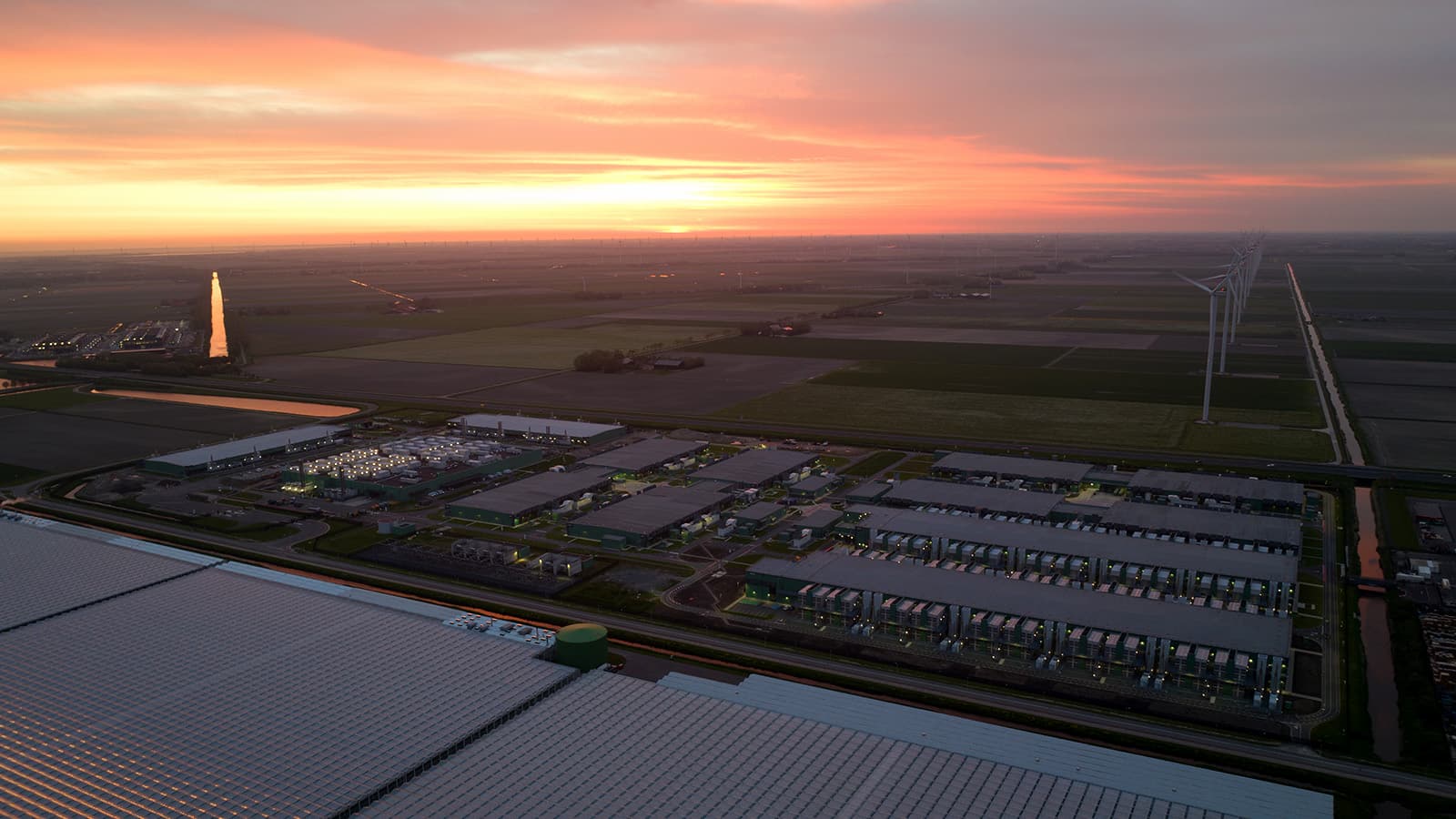
Energy sector, it’s time to grow. It’s time to position energy providers as a source of positive change. And the 2022 Inflation Reduction Act (IRA) offers some remarkable opportunities for the energy sector: the chance to deliver new services, reach new audiences, and position energy companies as allies of progress, rather than mercenary profiteers.
The current opportunity for outreach and evolution is as profound as it is unique. The Inflation Reduction Act is the most significant climate action legislation in the country’s history: the bill President Biden signed in August contains approximately $370 billion in incentives for renewables, energy storage, electric vehicles and other clean-energy measures.
According to the U.S. Department of Energy, the IRA’s investments are positioned to reduce U.S. greenhouse gas emissions by 50% by 2030. The bill is predicted to further strengthen the U.S. economy by creating 1.3 million new jobs, while providing tax credits to further support renewable energy production in the form of wind and solar. All of which can lead to a fresh understanding of an overlooked truth: that energy providers are job providers.
All this investment will supercharge the electrification movement, and—just as importantly—help fight inflation by reducing energy bills. According to the U.S. Energy Information Administration, fossil fuels currently provide 60% of the country’s electricity generation. Russia’s invasion of Ukraine highlighted the global fuel market’s volatility and energy companies have warned customers that their bills will be significantly higher this winter. Energy providers are warriors fighting inflation—and have an opportunity to position themselves as such.
Of course, the good news is blunted by the ongoing perception of energy providers as greedy profiteers. Low and moderate-income communities have already been feeling the financial pressures of the post-pandemic economy, with the looming threat of recession. The challenge is clear: the National Energy Assistance Directors Association (NEADA), which represents state directors of the federal government’s Low Income Home Energy Assistance Program (LIHEAP), reported that U.S. households fell further behind on gas and electric utility bills during the COVID-19 pandemic, with averages rising to $16 billion in August 2022: nearly double the tally reported in 2019. It’s an unfortunate trend that’s expected to continue, and experts have forecasted that rising energy costs are also expected in 2023.
That’s why now is the time to change the narrative about energy providers.
The IRA designates a significant portion of the spending ($60 billion) to help disadvantaged communities, in an effort to support environmental justice. These communities have historically borne the brunt of higher levels of pollution, inadequate infrastructure investments, and lack of access to clean energy. Now—as part of the IRA’s focus on disadvantaged communities—traditionally underserved populations have better hopes of improved access: to enhanced “clean” public transit, more clean and affordable energy, more green spaces in urban areas, and more efficient and affordable housing.
The bill’s passage also creates a genuinely reasonable hope that renewable energy, energy storage, electric vehicles, and other clean-energy measures will soon be more than luxuries accessible by the well-off.
So consider the power of outreach to underserved communities. Consider the impact on your brand position. Energy providers can pledge their commitment to ensuring no one is left behind, as the country moves towards a clean energy future; a future helping everyone. The services and opportunities go well beyond payment assistance and traditional energy-efficiency programs: the IRA offers energy providers a chance to deliver more than “band-aid” solutions.
Energy providers have an opportunity to lead, by assuming an active, public role in informing and educating low and moderate-income communities about relevant, actionable and applicable advantages contained in the IRA.
Now is the time to deliver clean energy to all Americans, not just those who can afford a Tesla. The moment has come to position energy providers as true leaders in democratizing clean energy, and all its benefits—lighting the way to a better future that includes every one of us.
Related feed posts

How companies can better leverage AI to improve customer experience
Utility companies are facing increasing pressure to modernize how best to serve their customers.

A more sustainable future for programmatic buying
How brands can advertise effectively and responsibly.

A ground swell in geothermal energy
How geothermal is changing the game for the energy landscape. And our planet.